





leden-březen:
Út, Čt, Pá: 9-12
St: 9-12 a 13-16
duben-květen:
Út-Pá: 9-12 a 13-16
So: 9-12
Ne: 13-16
červen:
Út-Ne: 9-16 (St do 17)
červenec-srpen:
Po-Ne: 9-16 (St do 17)
září:
Út-Ne: 9-16 (St do 17)
říjen-prosinec:
Út-Pá: 9-12 a 13-16
Ne: 13-16
Welcome to Sedlčany Museum!
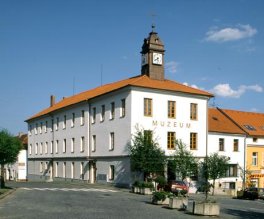 Sedlčany Museum was established in 1894, during the time of the great Ethnological Exhibition of Czechoslovakia in Prague. However, throughout its history, there were always difficulties in exhibiting artefacts, and the lack of a permanent exhibition space threatened the existence of the museum several times.
Sedlčany Museum was established in 1894, during the time of the great Ethnological Exhibition of Czechoslovakia in Prague. However, throughout its history, there were always difficulties in exhibiting artefacts, and the lack of a permanent exhibition space threatened the existence of the museum several times.
At the start of the 21st century, this building, the historical old town hall on Sedlčany town square, was repaired, providing a much-needed space for permanent exhibitions, a depository, a research library and themed exhibitions.
The Exhibition Hall
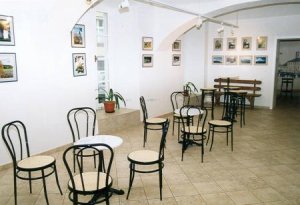
The ground floor of the museum serves as an exhibition hall and its general form is changed approximately once a month.
Relax and refresh yourselves at our café with a snack and a tea, soft drink or beer.
Browse through our regional literature and advertising promotions, and purchase a souvenir, postcard or gothic tile at our museum shop.
Enjoy the giant picture of our building taken in 1885 during fire-brigade training.
Permanent Exhibitions
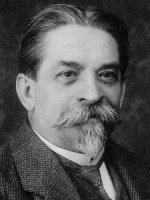
Two floors of our museum are devoted to permanent exhibitions. Along the staircase are pictures from 1893, taken by our own researcher, Čeněk Habart.
Primeval Times
The first part of the exhibition space is dedicated to the settlement and landscape of the central Vltava area in primeval times. You can find stone implements, such as axes, hoes, and scrapers from flint, decorations from bronze, dishes, cups and other artefacts. Of special interest is a mammoth-tooth molar, found in the area of the brickworks in Sedlčany. Excavations at the Celtic fortification of Hrazany unearthed implements from iron, dishes, and Celtic money.

The Middle Ages
Check out the human skull from the 15th century. The poor owner of this skull was suffering from bad headaches possibly caused by meningitis, so doctors drilled a hole drilled in his head to relieve the pressure. Amazingly, the owner survived – the smooth edges of the hole witness it’s healing.
There are medieval ceramics, gothic locks, keys, iron combs and horseshoes, as well as richly decorated gothic tiles with religious, heraldic and hunting themes. This unique collection was excavated during archaeological research in Sedlčany in 1996. You can buy replica gothic tiles in the museum shop.
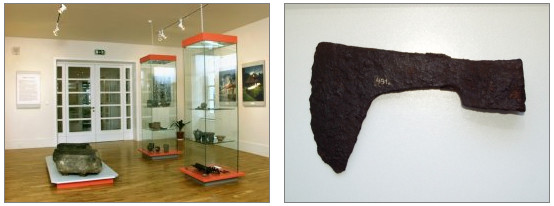
Jakub Krčín
A principal man of our town at the end of the 16th century was the well-known lake builder Jakub Krčín from Jelčany and Sedlčany.
There was a lively social life in the town and a literary brotherhood, which sang Czech and Latin songs in the church of Saint Martin. Its richly illuminated hymn books are now the most valuable artefacts of the town.
The exhibited painting by Jan Willenberg caught the town in action in 1602.
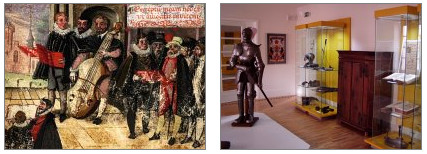
16th – 17th centuries
The exhibition of the middle ages continues to the guild hall. The exhibition shows small hand-made tools, for example weavers‘ shuttles, gingerbread shapes, and also books of the cloth shearers‘ guild from 1541. Tin tableware, ferule handicrafts, millers´ items, and the banners and caskets show that the life of the citizens of Sedlčany was moving into new times.
The back of the room shows a set of guild sepulchral shields, which were essential properties of every guild, and were displayed during the funerals of every guild member. They were placed on both sides of the coffin. The accessories were made of wax cloth and decorated with paintings.
Typical motifs of these times were a skull and crossbones, an hour glass and a broken candle. There are also symbols of crafts – weavers‘ shuttles, scissors, a loaf of bread, as well as biblical themes, such as the crucifixion, and craft patrons, for example St. Václav and St. Florian. You can also see period weapons: rifles, sabres, halberds, and a war drum from the 18th century.

Contemporary history
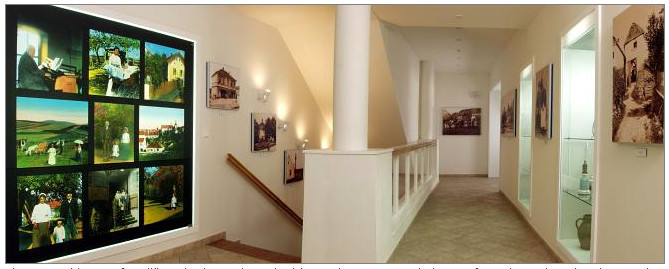
The recent history of Sedlčany is shown through objects, documents and pictures from the 19th and 20th centuries.
Our region creates an essential part of the central Vltava area, and it is no wonder that the life of the local population has been affected by this, the biggest Czech river.
The river made possible connection with the rest of the world and encouraged progress in specialized trades.
The building of large dams in the 1950s and 1960s altered the flow of the river, stopped the navigability of the river, and halted rafting.
This part of the exhibition shows glass and porcelain from town households in the 19th century, documentary material about Sedlčany club activities, a set of tools from the workshop of a local seamstress, arms and army equipment, etc.
Wall panels show stone craftsmen, the local Jewish community, and the visit of the first Czechoslovakian President, T. G. Masaryk, to the town.
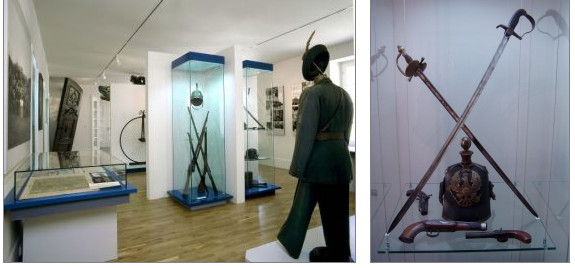
Other panels are devoted to local legionnaires of WWI, the eviction of Sedlčany inhabitants during WWII, and the following resistance and liberation of the region.
The two World Wars had a big impact on the area. Between 1943 and 1945 the occupying German army forced the local residents out of the area and turned it into an SS training ground.
At the local windmill there is a commemoration to the fate that some citizens paid at the concentration camps. There are also exhibited prisoners‘ numbers, a war cross, German gas masks, helmets, pieces of army pistol etc.
In April 1945, an American B-17G bomber plane was shot down near Sedlčany. The museum shows the propeller, seats, pilots‘ gloves, uniforms, badges, controls, cartridges, machine gun fragments, and production plates from fuel tank.
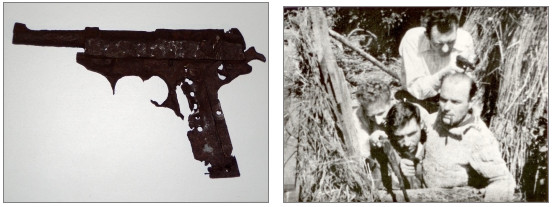
Ethnography
Our own regional expert, Čeněk Habart, is credited with the establishment of the ethnographic collection.
The ethnographic collection has gradually increased to include a collection of tools for flax working, small objects from country households, pictures of folk architecture, and painted chests and cases, cupboards and wardrobes.
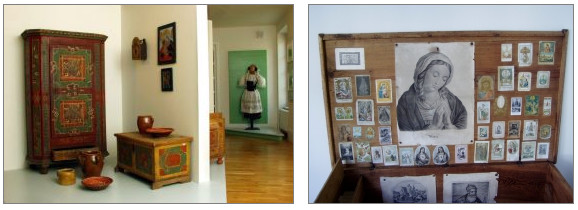
The chambers of Josef Suk
Josef Suk, the famous Czech music composer and violinist, was born in 1874 in the village of Křečovice, near Sedlčany. His first public performance, at age 8, was held in the Sedlčany pub nearby the museum, U Zlaté Koruny („The Golden Crown“). The violin he played on is exhibited here today.
At age 11, Suk began to study at the Prague conservatory. After graduation, he became famous both as a member of a Czech quartet and also as a music composer.
The exhibited original documents and photographs testify to his deep and loyal love to his close friends, home village and landscape of the central Vltava region, from which he drew stimulation for his unique musical works.

| 2013 © Městské muzeum Sedlčany | Přihlásit se |








